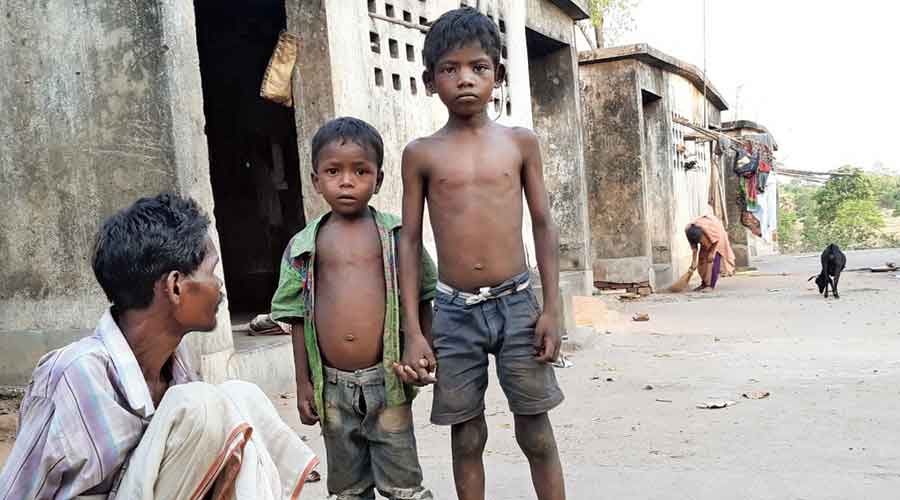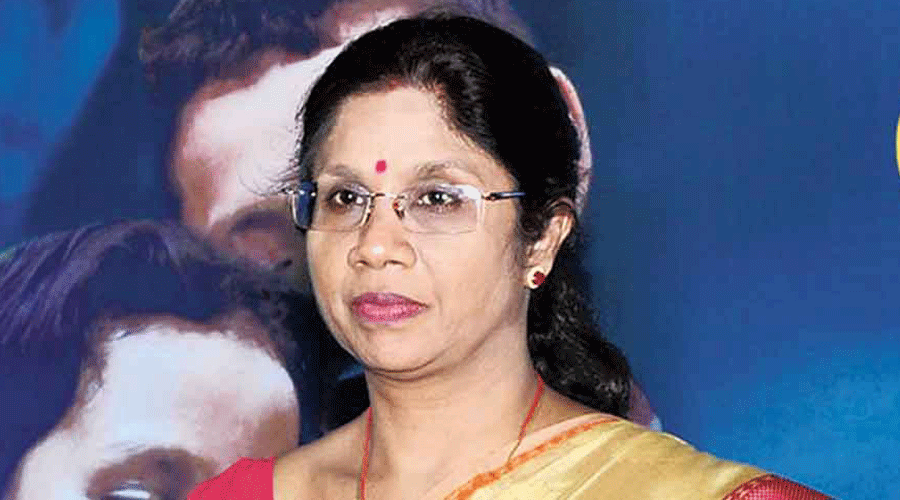Nearly two among every 10 infants or toddlers in India face the risk of not receiving any food whatsoever for a full day, according to a study that has also revealed virtually no change in this measure of food deprivation since 2016.
The study has found that the proportion of sampled children between six months and 23 months who hadn’t eaten any food with substantial calorific content for at least an entire day increased from 17.2 per cent in 2016 to 17.8 per cent in 2021.
Researchers who extracted data from the Union health ministry’s nationwide family health surveys say they have generated India’s first estimates for the prevalence of “zero-food” children that underline the need to redesign food policies to reach some of the most vulnerable households.
“The data contained something unusual and unexpected — we don’t expect young children between six months and 23 months to go entirely unfed for a whole 24 hours,” said S.V. Subramanian, a professor of population health at the Harvard School of Public Health, who led the study.
“We don’t know how long the deprivation lasted in each child sampled — that’s a limitation in the data. But we’d expect a child to receive at least some food over a whole day,” Subramanian said. “The absence signals severe food deprivation.”
The zero-food prevalence rates have fallen between 2016 and 2021 in at least 20 states. But increases in the others, including sharp rises of 10 percentage points in Uttar Pradesh and 12.9 percentage points in Chhattisgarh, have offset those gains to cause an increase in the average nationwide.
Health experts have conventionally measured India’s progress against malnutrition through reductions in stunting and wasting levels among children.
Stunting measures height for age and wasting measures weight forage. Both are viewed as proxy indicators of malnutrition.
The Centre has cited the National Family Health Surveys of 2015-16 and 2019-21, which showed reductions in stunting from 38.4 per cent to 35.5 per cent and in wasting from 21 per cent to 19.3 per cent, as evidence of improvements in child nutrition.
But Subramanian and his colleagues looked into the surveys’ data for a direct measure of food intake. The surveys, which sampled over 600,000 households, included questions that probed what food children aged six to 23 months had consumed over the previous 24 hours.
Both the 2016 and 2021 surveys had multiple identical questions asking whether the child had consumed any of a variety of solid or liquid foods. An answer of “no” to all the food questions for a child meant the child received no food in the preceding 24 hours.
The analysis has yielded an estimated headcount of 5.9 million zero-food children in the six-23 months age group in India in 2021. Uttar Pradesh had the highest prevalence (27.4 per cent) of zero-food children, followed by Chhattisgarh (24.6 per cent), Jharkhand (21 per cent), Rajasthan (19.8 per cent), and Assam (19.4 per cent).
Bengal is among some 20 states whose prevalence of zero-food children has declined since 2016. In Bengal, the proportion fell from 12.1 per cent in 2016 to 7.5 per cent in 2021. Goa had the most substantial drop from 18.9 per cent to 5.1 per cent. The study’s findings have just been published in eClinicalMedicine, a member of The Lancet family of journals.
India has multiple food and nutrition initiatives to address child malnutrition, including one that provides food supplements of 500 calories and 12 to 15 grams protein per day as take-home rations for children aged six months to three years.
While the study has highlighted the need to find ways to improve such initiatives to reach the most socially disadvantaged households, Subramanian said, the unexpected finding of a substantial proportion of zero-food children also points to the need to adopt direct measures of food nutrition rather than primarily relying on stunting and wasting.
The researchers have said there is an urgent need to bring “precision into food policies” if India aims to realise the UN-set goals it has adopted to end hunger and ensure access to safe nutrition and sufficient food for all by 2030.












